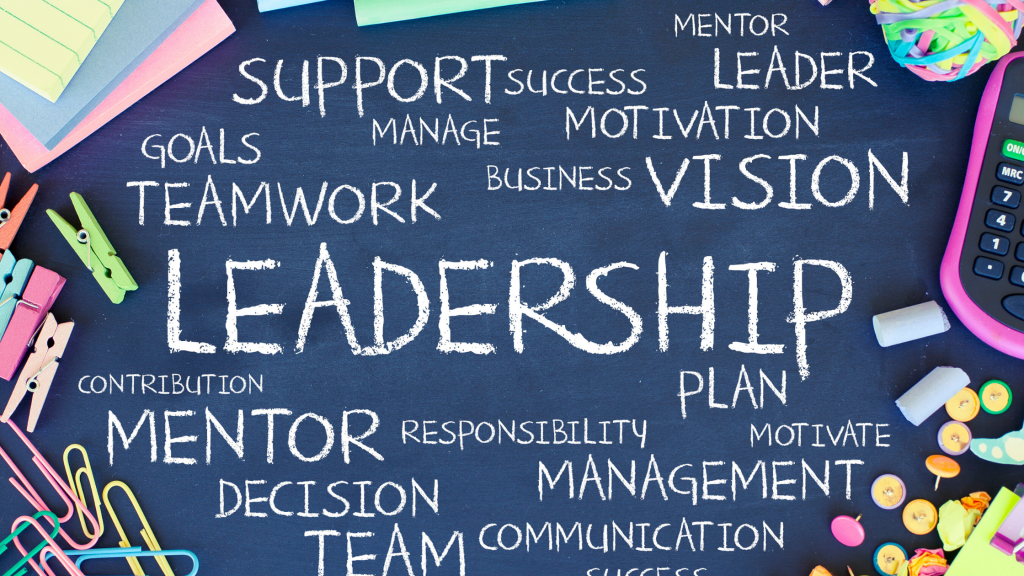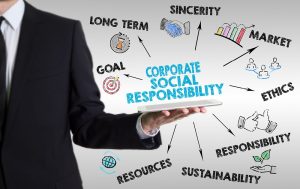Effective Leadership Strategies for Business Achievement

Indeed, Leadership is a crucial business of any successful component
It’s worth noting that A strong leader is able to motivate employees, drive expansion, and make strategic decisions that contribute to the overall victory of the organization
In today’s fast-paced business environment, it is more important than ever to develop effective employees strategies that can adapt to changing circumstances and inspire leadership to achieve their full potential. In this article, we will explore some of the key strategies that effective leaders apply to achieve business triumph
-
Target and Vision-Preference
One of the most key aspects of effective leadership is having a clear vision for setting organization and the achievable goals. This requires a leader to have ’ deep understanding of the companyas strengths and weaknesses, as well as the external factors that can affect its effectiveness. By setting ambitious but realistic goals, a leader can provide direction and purpose for employees, encouraging them to work towards a common objective. prioritize fact, A clear vision and target-setting also helps employees to In tasks and make strategic decisions that align with the more than ever business’s overall mission.
-
Communication and Collaboration
Effective leadership also requires strong communication and collaboration skills. A leader should be able to clearly communicate expectations, provide response, and facilitate access communication among crew members. Collaboration is shared important, as it enables employees to work together to achieve also goals and solve problems. Leaders who foster a culture of collaboration from another perspective and communication create a supportive and productive work environment where employees feel valued and motivated to contribute to the organization’s triumph.
-
Empowerment and Accountability
This involves providing employees with the resources and assist they need to succeed, as well as option clear expectations and providing constructive response. By empowering employees to make decisions and take risks, afosterleader can a culture of innovation and creativity, while also ensuring that employees are accountable for their actions and results. Another key aspect of effective leadership is empowering employees to take ownership of their work and holding them accountable for their efficiency.
-
Adaptability and Flexibility
In today’s rapidly changing business environment, effective leaders must be adaptable and flexible. Actually, This means being able to respond quickly to changes in the field or industry, while also being launch to fresh ideas and approaches. A leader who is flexible and adaptable can inspire employees to embrace alter and take on fresh challenges, creating a culture of continuous improvement and increase.
-
and, Continuous Learning Indeed Development
Finally, effective leaders are committed to their own continuous learning and development. This involves staying up-to-date on industry trends and leading practices, as well as seeking out comment and opportunities for personal increase. Interestingly, By modeling a commitment to lifelong learning, leaders can inspire their employees to do the same, creating a culture of innovation and continuous improvement that contributes to the long-condition success of the organization.
In conclusion, effective leadership is critical to the success of any business. By developing a clear vision and objective-setting, fostering communication and collaboration, empowering employees and holding them accountable, being adaptable and flexible, and committing continuous learning and development, leaders can develop a culture of victory and increase that inspires employees totoachieve their full potential.


